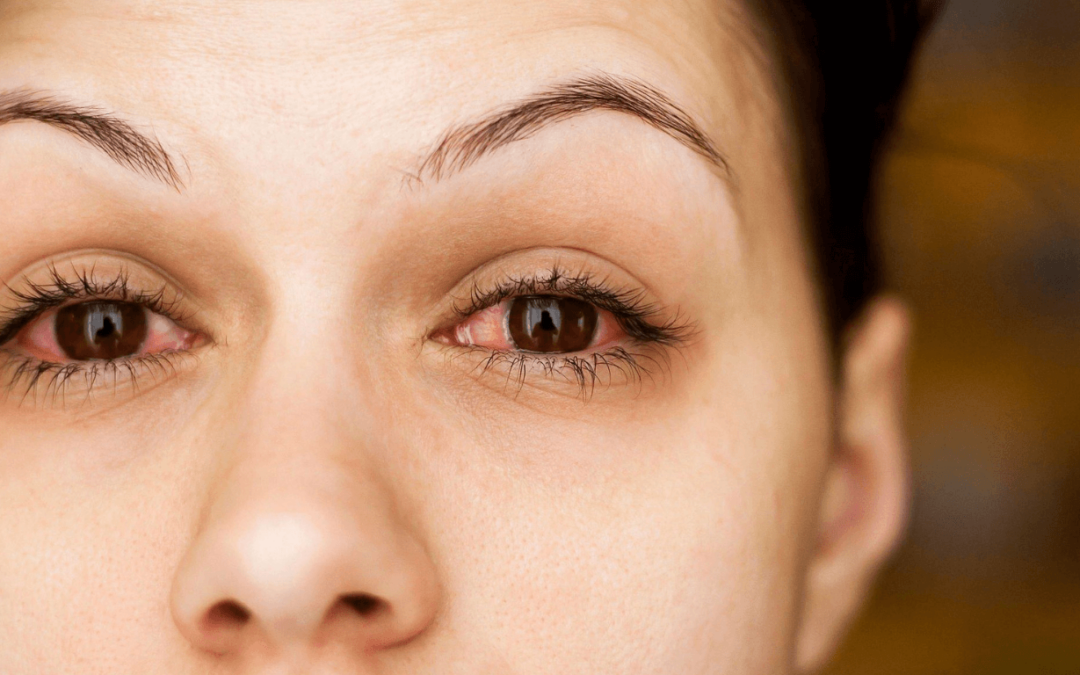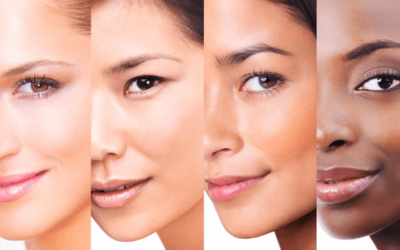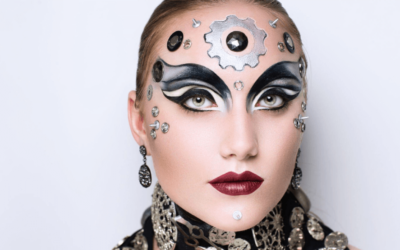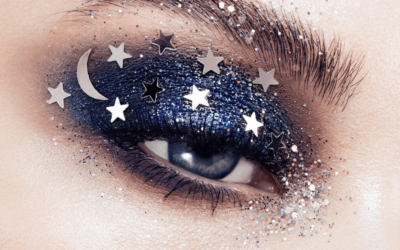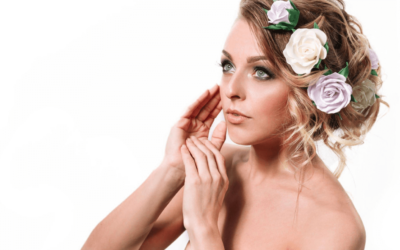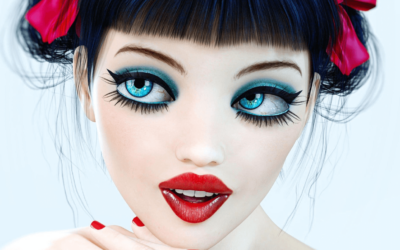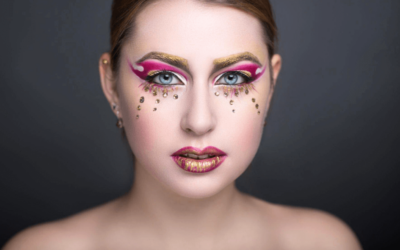In the realm of beauty and personal care, makeup is a transformative tool that empowers individuals to express themselves and enhance their features. Yet, amidst the artistry and allure, questions about safety and health arise. Can makeup cause pink eye?
This inquiry delves into the delicate interplay between cosmetics and eye health, inviting us to explore the potential risks, preventive measures, and the harmonious balance between beauty and well-being.
Eyes: The Window to Beauty and Vulnerability
Before we embark on our journey to understand the link between makeup and pink eye, let’s pause to appreciate the marvel of the human eye.
Our eyes, with their intricate structure and remarkable sensitivity, not only allow us to perceive the world’s beauty but also serve as a gateway to potential vulnerabilities.
Makeup, a tool of transformation, has the power to enhance our eyes’ allure.
From eyeshadows that shimmer like galaxies to mascaras that frame our gaze, makeup adds an enchanting dimension to our visual identity.
However, in this dance between beauty and vulnerability, precautions are essential.
Pink Eye: The Conjunctivitis Conundrum
Pink eye, known medically as conjunctivitis, is a condition that involves inflammation of the conjunctiva—the thin, clear tissue that covers the white part of the eye and lines the inside of the eyelids.
Pink eye can manifest due to various causes, including viruses, bacteria, allergens, and irritants. The symptoms often include redness, itching, excessive tearing, and, in some cases, a discharge that can cause the eye to appear pink or reddish.
While makeup is not a leading cause of pink eye, it can play a role in its development, particularly if proper hygiene and precautions are not observed.
Makeup and Eye Hygiene: The Critical Connection
The potential for makeup to cause pink eye hinges on the adherence to proper eye hygiene.
Makeup products, including eyeliners, eyeshadows, and mascaras, can accumulate bacteria over time. When these products come into contact with the delicate skin around the eyes or the conjunctiva itself, the risk of infection and inflammation increases.
For instance, using expired or contaminated eye makeup, sharing makeup products, or failing to properly remove makeup before sleep can all contribute to the development of pink eye.
Additionally, water-based makeup products can provide a conducive environment for bacterial growth.
Preventive Measures: Nurturing Eye Health
Maintaining healthy eyes while indulging in the world of makeup requires a blend of creativity and responsibility. Consider these preventive measures to safeguard your eyes from potential pink eye risks:
Choose Quality Products: Opt for reputable, hypoallergenic, and ophthalmologist-tested makeup products, especially those formulated for sensitive eyes.
Hygiene First: Prioritize cleanliness by washing your hands before applying makeup and using clean brushes and applicators. Avoid sharing makeup products to minimize the risk of bacterial transmission.
Remove Makeup Thoroughly: Make it a habit to remove eye makeup gently but effectively before sleep. Use a gentle eye makeup remover that’s suitable for your skin type.
Regularly Replace Products: Discard expired makeup products and replace eye makeup, especially mascara, every three to four months to reduce the risk of bacterial contamination.
Be Mindful of Allergies: If you have a history of allergies or sensitivities, be cautious when introducing new makeup products. Perform a patch test before applying any makeup near the eyes.
The Art of Clean Application: A Balancing Act
While the notion of makeup potentially causing pink eye might raise concerns, it’s important to strike a balance between creativity and cautiousness.
Makeup artists and enthusiasts alike can continue to adorn their eyes with artful creations, provided they follow strict hygiene practices and make informed choices about the products they use.
Consulting Professionals: When in Doubt
If you experience symptoms of pink eye, such as redness, itching, discharge, or discomfort, it’s advisable to consult a healthcare professional.
An eye doctor can provide an accurate diagnosis, recommend appropriate treatment, and offer guidance on whether makeup use should be temporarily suspended until the condition resolves.
Beauty and Eye Health
As the final curtain falls on our exploration, the connection between makeup and pink eye emerges as a nuanced dance between creativity and caution.
Makeup itself is not inherently malevolent; rather, it’s the practices and choices surrounding its application that hold the potential for risks.
By adopting diligent eye hygiene, using quality products, and being mindful of the signs and symptoms of pink eye, makeup enthusiasts can continue to embrace the world of beauty while prioritizing the health and vitality of their eyes—the windows to both beauty and well-being.

